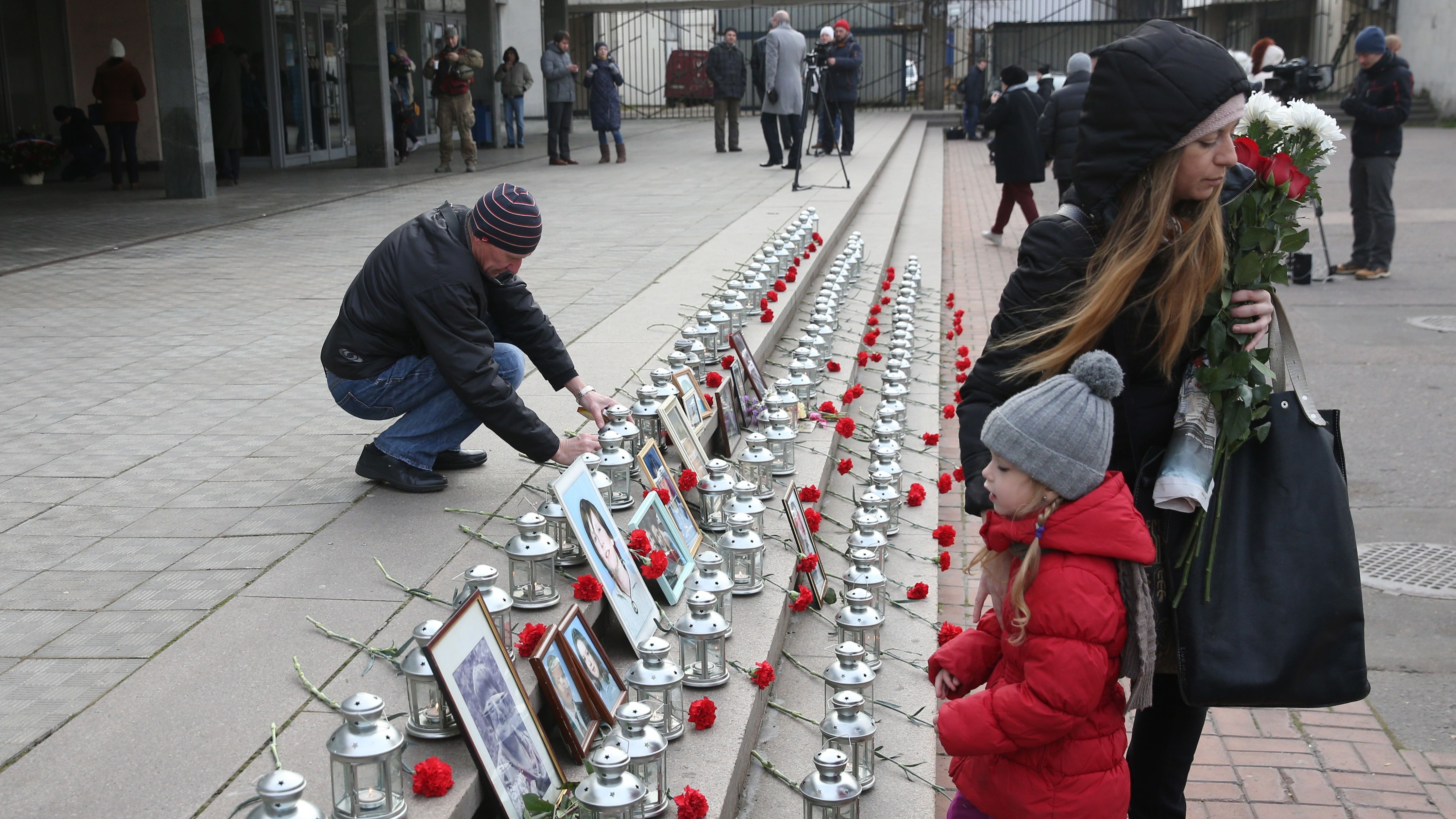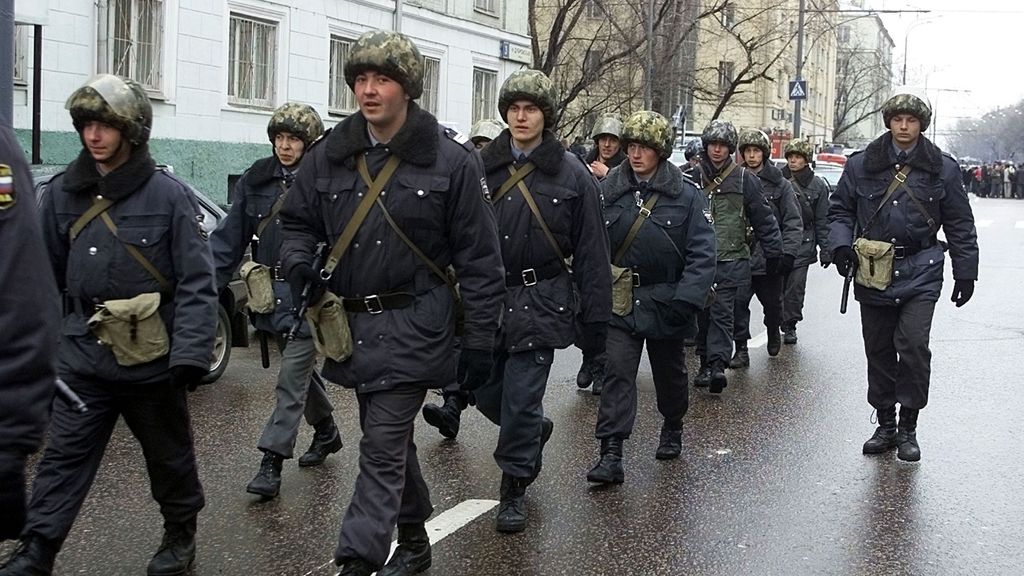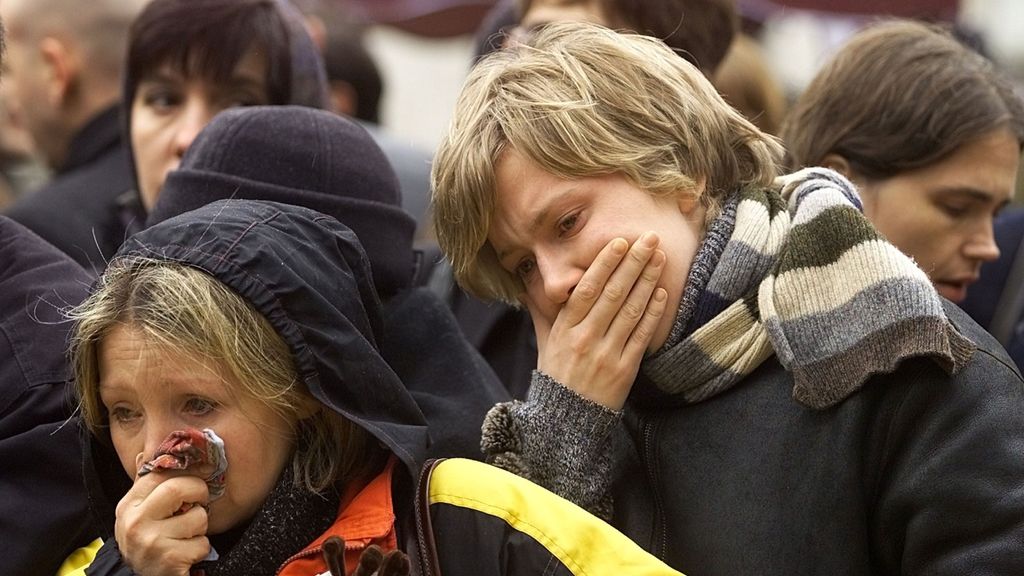Russian President Vladimir Putin’s response to hostage-taking at Moscow’s Dubrovka Theater was devastating
It has been 20 years since a Chechen commando went into full operation and kidnapped 850 people
At least 170 people died, most from the deadly gas used by Russian forces in the assault on the building.
Kamikaze women with bombs attached to their bodies. Dead bodies sitting upright on the red seats in the theater. The harsh images have gone around the world. Vladimir Putin was already in power when it happened. Now, twenty years after the Fatal outcome of the hostage taking at the Dubrovka Theater in Moscow, questions remain in the air. And the chemical composition of the gas used by the Kremlin special forces in the assault on the building is still a hidden secret. Twenty years later, Chechnya is no longer a problem for Russia and its current leader, Ramzan Kadyrov, is a staunch ally of Putin in his war against Ukraine.
On October 23, 2002, a Chechen command of 40-50 people, led by Movsar Barayev, interrupted the performance of the popular musical North East. The terrorists carried explosives, hand grenades, heavy bombs, Kalashnikov assault rifles and pistols. They took 850 people – artists and spectators – hostage and threatened to start killing them if, within a week, the Russian troops had not withdrawn from Chechnya. A dramatic countdown was then unleashed to try to stop the massacre.
On the first day, the Chechen militiamen released about 200 people (children, some women and foreigners) who took the message abroad that the kidnappers were willing to provoke a bloodbath if their demands were not met. In the harrowing days that followed, negotiations intensified and food and water were brought into the theater.
On the second day, another 39 hostages were released. But the tension has intensified. A young woman outside, Olga Romanova, jumped all the checkpoints and he managed to enter the theater. After asking to speak with the Chechen leader, she was executed with three shots.
Among the negotiators was the Russian journalist Anna Politkovskaya, an expert on the Chechen conflict. The hours passed, there was no agreement.
Three days later, Russian special forces came to the rescue. Through the ventilation ducts of the theater, they injected a paralyzing gas that served as a sleeping pill. Soldiers stormed the building and killed the terrorists. But also about 130 hostages died (in total there were at least 170 deaths) and almost everything, as it turned out later, due to the gas used by the Russian forces.
The lethal gas used by the Kremlin
The Kremlin did not acknowledge using that gas until several hours later. And when he did, he assured him it was not lethal. Moscow’s chief anesthetist, Yevgeny Evdokimov, said at the time that it was “a narcotic substance used as a general anesthetic.” The chief physician of public health, Andrey Seltsovskiy, he insisted that the gas could not have caused the death of the hostages. So did the presidentis Vladimir Putin.
Details were not disclosed. But, “If it was so harmless, why is the formula a state secret?”one of the survivors, Svetlana Gubareva, told the BBC years later.
Some information alluded to a composition of fentanyl, a potent synthetic opioid capable of causing a fatal heroin-like overdose. But there have been no official confirmations.
And despite everything, Putin bestowed the title of Hero of Russia on the Deputy Director of the Secret Service, Vladimir Pronichev, who led the rescue operation. The role of the authorities was not investigated nor was responsibility for the deaths assumed. Attempts to promote parliamentary committees to conduct investigations have been blocked.
The requests of the families of the victims to investigate the incident remained blank. Like that of Nina’s father, a 14-year-old girl who died in the attack. She told Reuters a decade after the chemical gas “hit his respiratory system and prevented him from breathing (…) Here’s what they did to our children “. His drama was also that of many other relatives. Her daughter, she explained, “she was never taken to hospital, she never offered medical assistance. They just threw her on a bus to hide it from the cameras “.
Furthermore, exact figures on the number of victims were not provided. A poll published ten years after what happened affirmed this 74% of Russians did not trust the official version of events. Two decades later, the shadows have not been lightened.




/data/photo/2022/10/18/634e111d16da4.png)